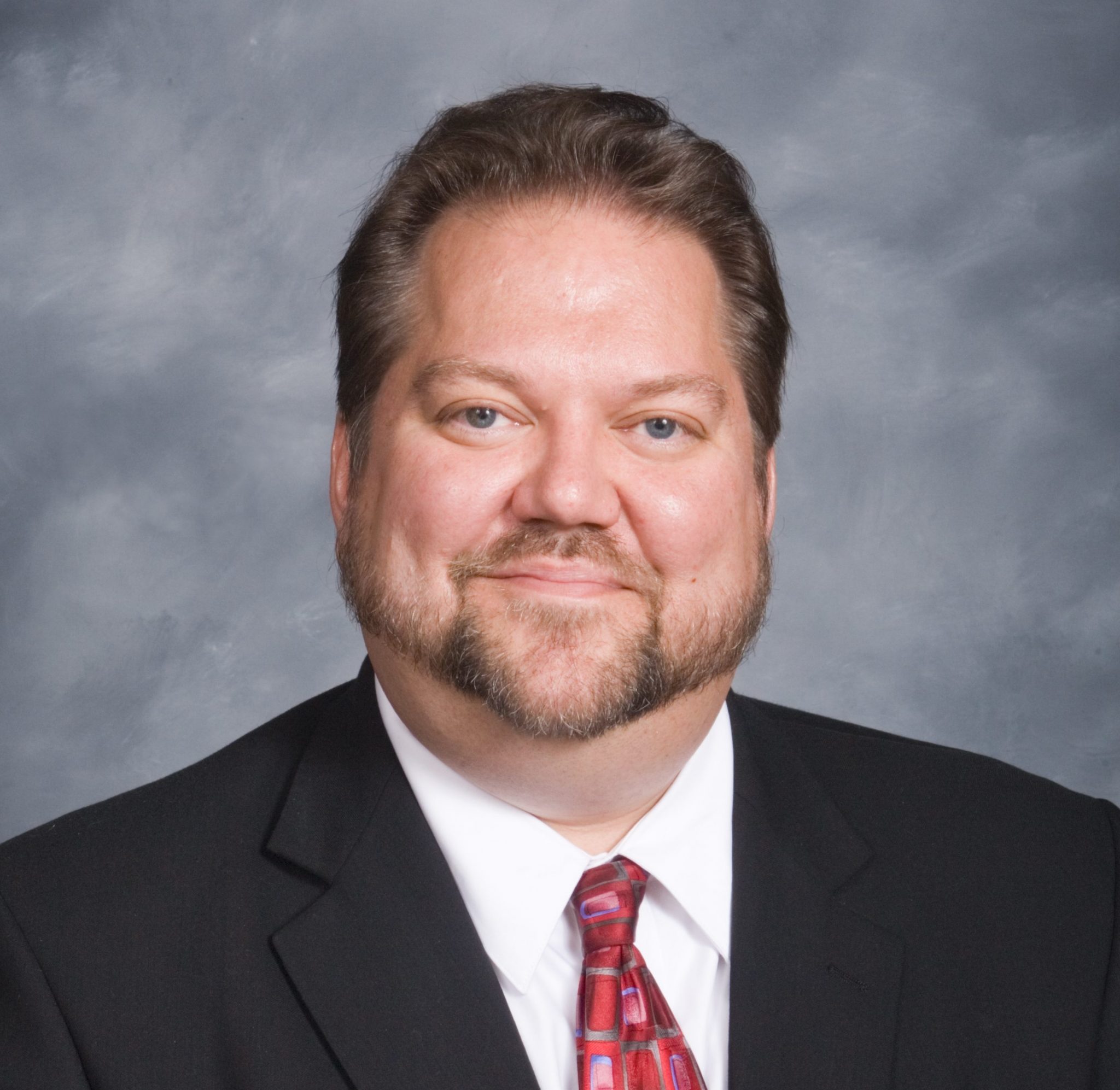 Our daughter’s semester abroad this Fall gave my wife and me the opportunity last week to visit the country of Hungary and specifically the wonderful European city of Budapest (actually two cities merged into one: Buda on one side of the Danube and Pest on the other–didn’t know that before this Fall, I confess!). Though Budapest received heavy damage near the end of World War II and then further damage in the Fall of 1956 when the Soviets re-asserted their dominance with many tanks and mortars, the city today is a lovely place dotted with steeples, spires, and church domes. The city is also saturated with history.
Our daughter’s semester abroad this Fall gave my wife and me the opportunity last week to visit the country of Hungary and specifically the wonderful European city of Budapest (actually two cities merged into one: Buda on one side of the Danube and Pest on the other–didn’t know that before this Fall, I confess!). Though Budapest received heavy damage near the end of World War II and then further damage in the Fall of 1956 when the Soviets re-asserted their dominance with many tanks and mortars, the city today is a lovely place dotted with steeples, spires, and church domes. The city is also saturated with history.
We visited several sites that remember the evil that usually accompanies anti-Semitism as well as totalitarian regimes of any kind. The Holocaust memorial museum there is very well done and very systematically shows the progression that led to the rise of the Fascist Arrow Cross party in World War II. It began slowly with stripping just a few rights from Jewish people. Then a few more. Then restrictions on income levels and the owning of property. Then came the removal of basic human dignity. Finally and not long after (under Nazi auspices with Arrow Cross cooperation) in 1944 came a sickeningly proficient removal of life itself as in a very few weeks over 400,000 Jews were rounded up from all over Hungary and shipped (mostly) to Auschwitz.
The House of Terror museum likewise shows how first under the Nazis and then under the Soviets the rounding up of political prisoners became common, most of whom ended up hanged in the cellar of a non-descript looking government building right in the heart of cultured Budapest. Along the banks of the Danube, a few hundred yards from the Parliament, is a long line of iron shoes sunk into the concrete–high heels, boots, loafers, children’s shoes. These silently commemorate the spot where countless Jews were brought to the river’s edge, told to remove their shoes, and were then shot dead into the Danube by Arrow Cross soldiers.
The horrors of the last century’s wars–and particulary the Second World War and the Soviet domination of Eastern Europe that followed–can seem remote to us Americans. But I’ve always been struck by how close it feels whenever I’ve been in Europe.
That’s why it is all the more striking to learn that even in Hungary, anti-Semitism not only persists, it has risen. A recent New York Times essay by a Hungarian writer documents the rise of the Jobbik party. It is now the third largest party in Parliament there. Our daughter is mystified as to how this can be given the readily available testimony to the horrors that such sentiments can and often do lead to. I confess the same mystification even as in my own country the persistance of racism baffles me. Oh, I am not baffled that it still exists but am troubled by how organized it still is, how many people harbor not just resentment or suspicion in various parts of their hearts but actively join, support, and pay dues to White Supremacy groups–groups that have only flourished online and that saw a statistical spike after Obama was elected.
I realize that my Calvinist colors show with regularity and perhaps never more so than where sin and evil are concerned, but there really is something deeply stubborn about evil in this world. It truly is every bit as entrenched and firmly rooted as John Calvin said it was in his more purple passages on the subject. There seems to be no horror in history so atrocious as to root something out once and for all so as to try to avoid the re-occurence of such things ever again.
As we soon approach the Advent Season again, I guess that is why we are reminded that even to have a chance of rooting it out once and for all in the longest possible run, God had to take some pretty radical steps. Raw power would never do the trick. Only sacrifice, humiliation, humility, and death had a chance of doing an end-run on sin and evil. The Gospel tells us that God’s plan worked.
It’s a truth and a hope to which I cling in Advent and at all times.

